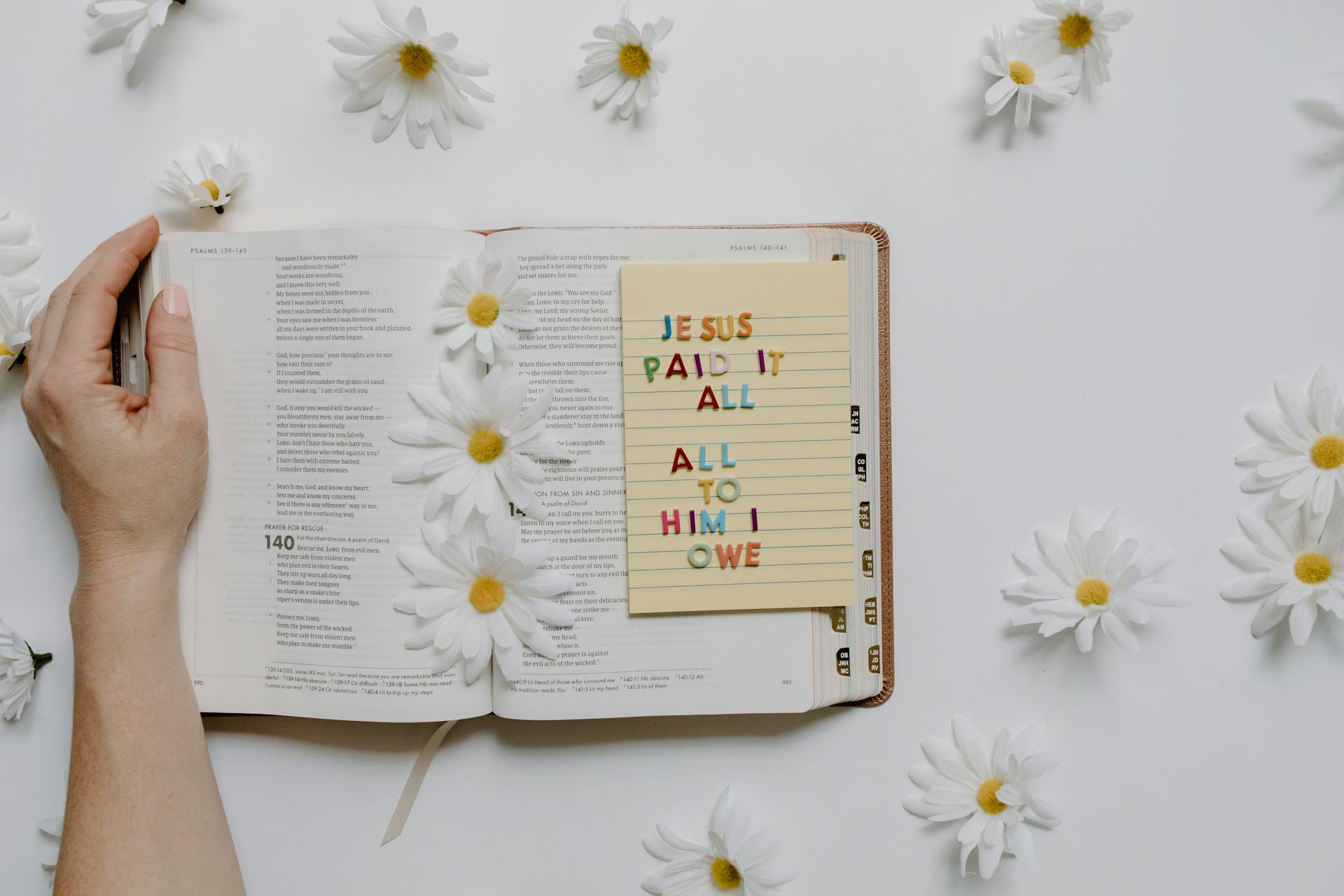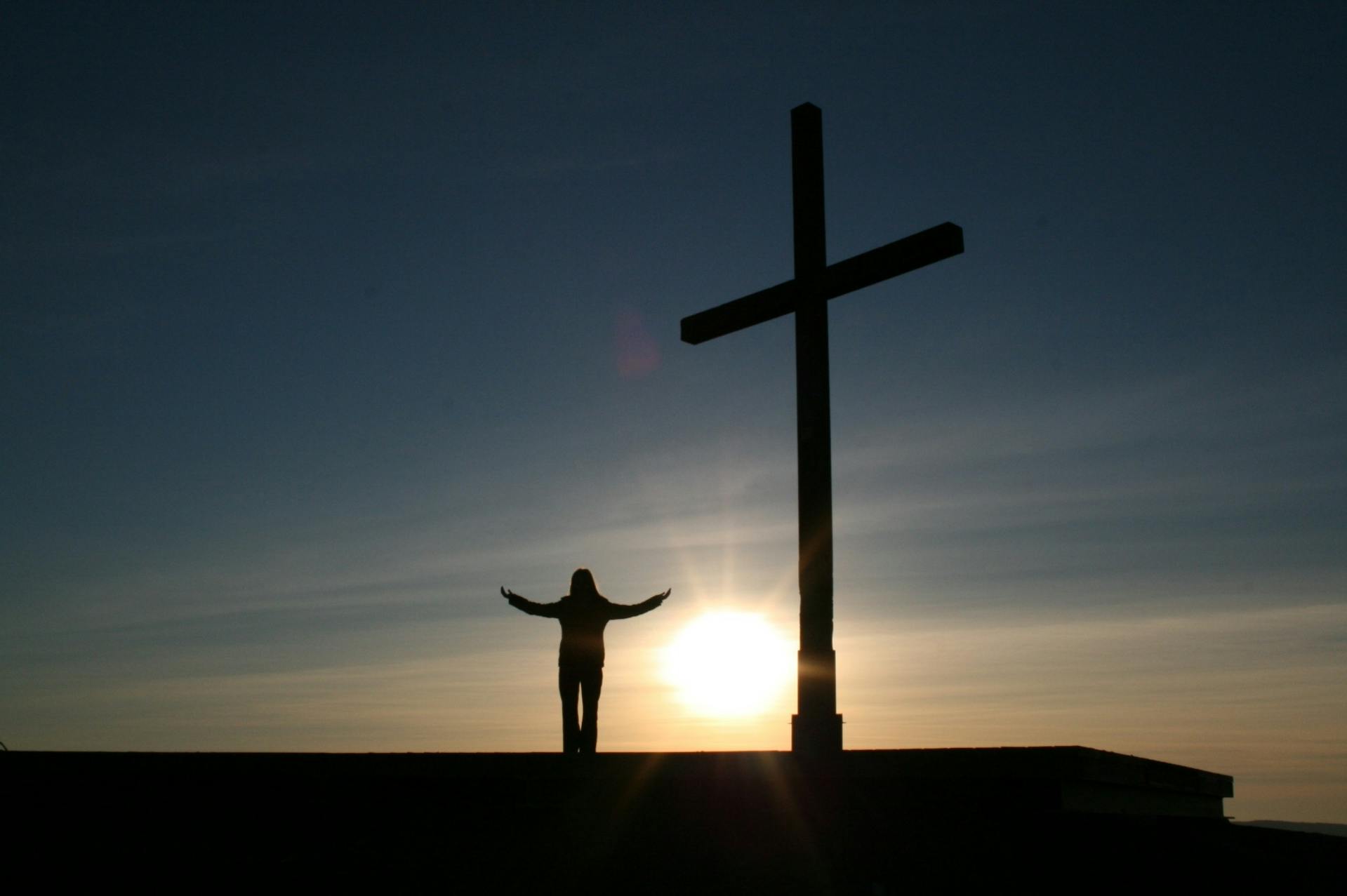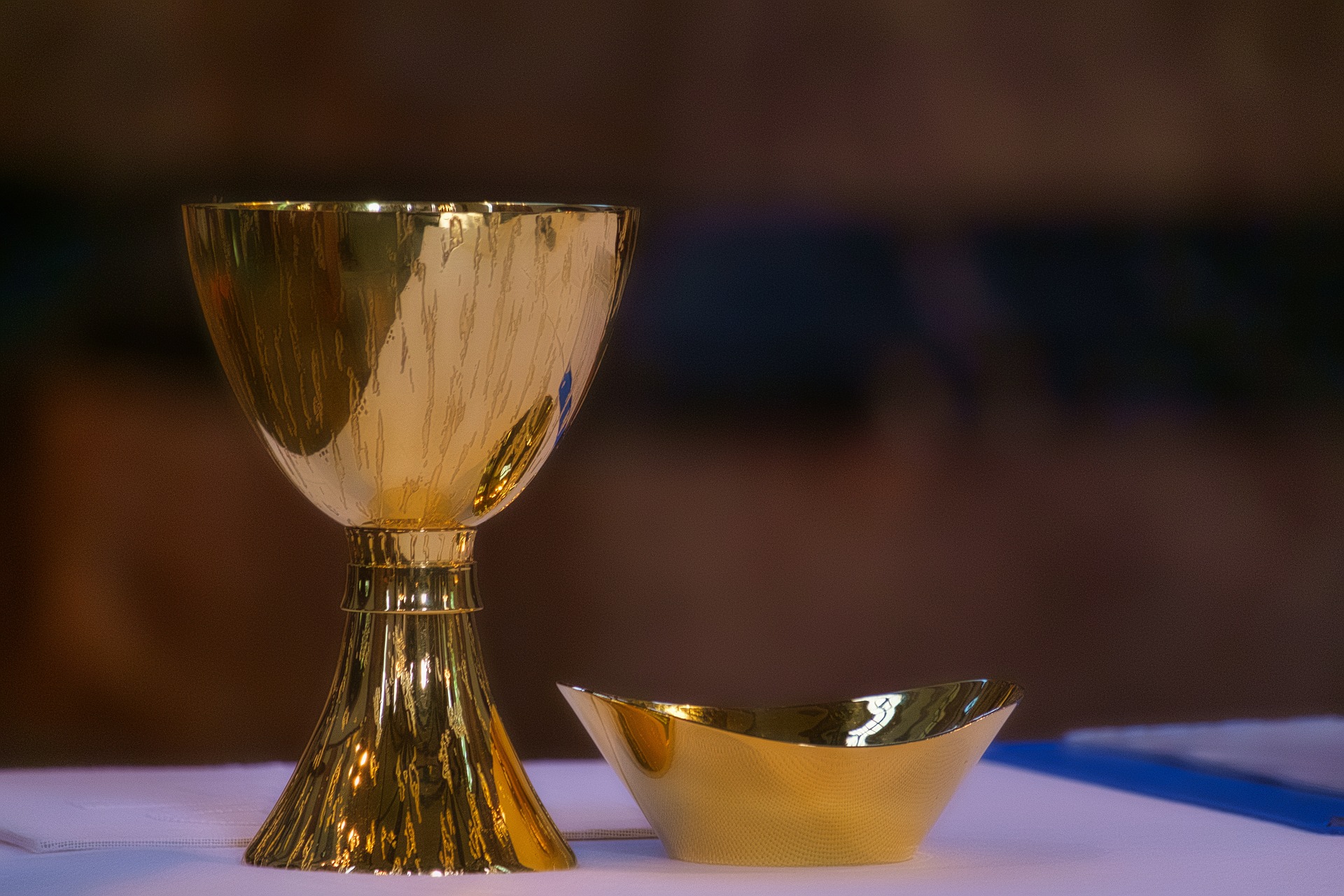My Hope Is Built on Nothing Less is a well-known hymn written by Edward Mote in 1834. The hymn emphasizes the theme of faith and assurance in Jesus Christ as the sole foundation for hope and salvation. The opening lines declare a reliance on Christ’s righteousness rather than personal merit, highlighting the biblical principle that salvation is rooted in faith.
The refrain, “On Christ, the solid rock, I stand; all other ground is sinking sand,” powerfully encapsulates the hymn’s message, contrasting the stability of faith in Christ with the instability of worldly things. This imagery of a solid foundation versus sinking sand resonates with many, making it a source of comfort and encouragement in times of uncertainty.
The hymn is often set to the tune “Solid Rock,” composed by William B. Bradbury, and it is frequently sung in church services, particularly during times of reflection on faith, hope, and reliance on God’s promises. Its enduring popularity speaks to the deep assurance it offers to believers.
My Hope Is Built on Nothing Less – Lyrics
My hope is built on nothing less
than Jesus’ blood and righteousness;
I dare not trust the sweetest frame,
but wholly lean on Jesus’ name.
Refrain:
On Christ, the solid Rock, I stand:
all other ground is sinking sand;
all other ground is sinking sand.
When darkness veils his lovely face,
I rest on his unchanging grace;
in every high and stormy gale,
my anchor holds within the veil. [Refrain]
His oath, his covenant, his blood,
support me in the whelming flood;
when all around my soul gives way,
he then is all my hope and stay. [Refrain]
When he shall come with trumpet sound,
O may I then in him be found:
dressed in his righteousness alone,
faultless to stand before the throne. [Refrain]
My Hope Is Built on Nothing Less – Recording







